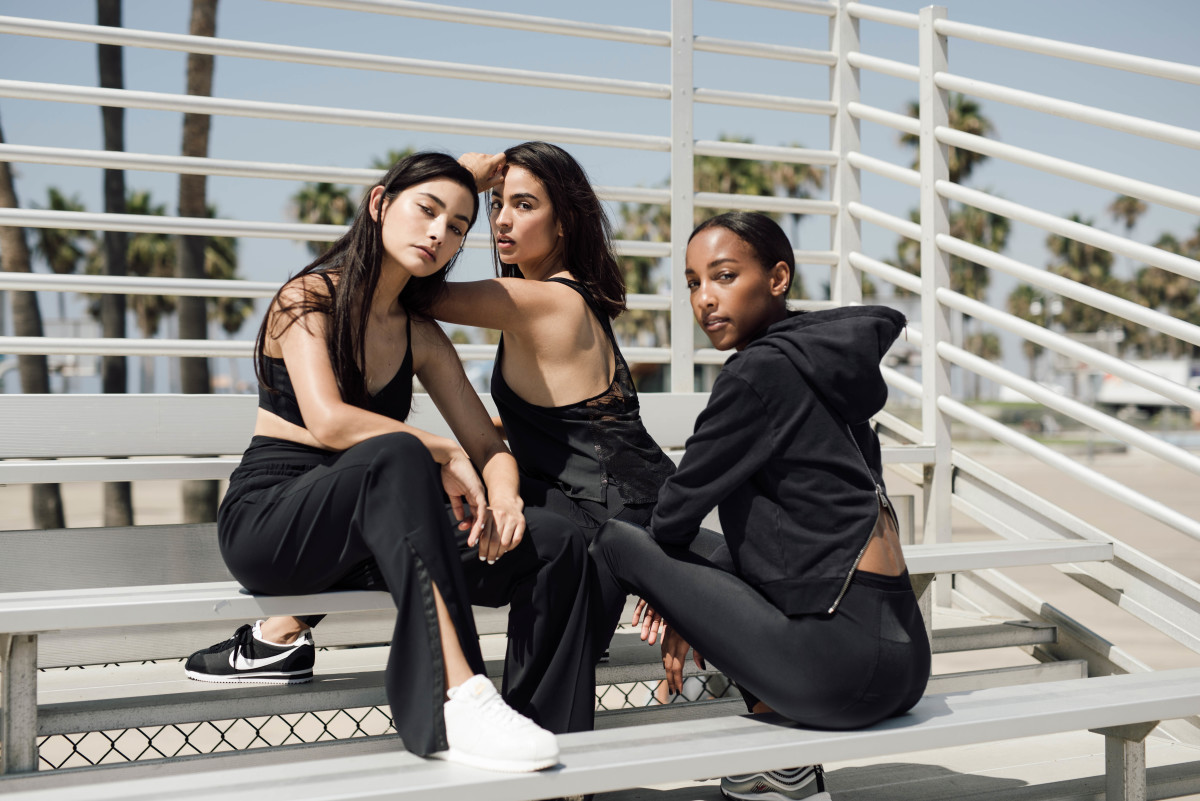
Unraveling Threads: The Evolution of Streetwear Culture
In the realm of fashion, few movements have captured the zeitgeist and influenced mainstream culture quite like streetwear. Originating from the gritty sidewalks and urban landscapes, streetwear has transcended its humble beginnings to become a global phenomenon, shaping the way we dress, express ourselves, and perceive fashion itself. Let’s embark on a journey through the evolution of streetwear culture, tracing its roots, pivotal moments, and enduring impact on contemporary society.
The Birth of a Subculture
Streetwear emerged in the 1970s and 1980s as a grassroots movement, born from the streets of New York City and the skate parks of Southern California. It was a rebellion against the sartorial norms of high fashion, embracing a raw, DIY aesthetic that celebrated individuality and authenticity. Brands like Stussy, founded by Shawn Stussy in the early 1980s, and Vision Street Wear, pioneered by skateboarders in Venice Beach, laid the groundwork for what would become a global phenomenon.
Hip-Hop Influence and Mainstream Crossover
The fusion of streetwear with hip-hop culture in the 1990s marked a significant turning point. Artists like Run-D.M.C. and Tupac Shakur not only popularized brands like Adidas and Nike but also elevated streetwear to the forefront of mainstream consciousness. Suddenly, oversized hoodies, baggy jeans, and athletic sneakers became emblematic of urban cool, transcending racial and socio-economic barriers to become symbols of youth rebellion and self-expression.
High Fashion Embraces Streetwear
The late 1990s and early 2000s saw a seismic shift as luxury fashion houses began to take note of streetwear’s influence. Designers like Marc Jacobs and Alexander McQueen incorporated elements of urban style into their collections, blurring the lines between high and low culture. This convergence reached its apex with the rise of “hypebeast” culture, characterized by a fervent obsession with limited-edition collaborations and rare sneaker releases.
Streetwear Goes Global
In the age of social media and e-commerce, streetwear transcended geographical boundaries, spreading its influence to every corner of the globe. Brands like Supreme, Palace, and Off-White capitalized on the power of exclusivity and scarcity, cultivating devoted followings through savvy marketing and strategic partnerships. What began as a subculture confined to inner-city streets now permeates every facet of popular culture, from music and art to film and politics.
The Future of Streetwear
As we look to the future, the evolution of streetwear culture shows no signs of slowing down. Sustainability, inclusivity, and social responsibility are becoming increasingly important considerations for brands and consumers alike. Moreover, the democratization of fashion through online platforms and community-driven initiatives promises to further democratize access to streetwear, empowering individuals to express themselves authentically and boldly.
In conclusion, the evolution of streetwear culture is a testament to the enduring power of self-expression and creativity. What began as a niche subculture has blossomed into a global movement, reshaping the landscape of fashion and leaving an indelible mark on contemporary society. As we continue to embrace the ethos of streetwear – individuality, authenticity, and rebellion – let us remember that true style knows no boundaries and that the streets will always be our runway.













